3 Best Tips to Get Back in Shape After 50
Are you in your fifties and struggling to get back into shape? Gary Walker is an over 50 "muscle building expert" and one of the founders of Live Anabolic. In one of his viral videos he reveals "3 of the best tips for getting back in shape after 50."
It Is Possible, He Says
"I want you to know that it is possible to get in shape at 50 years old. It doesn't matter if you have been in shape in the past or not," he explains in the accompanying post.
First, Focus on Your Mindset
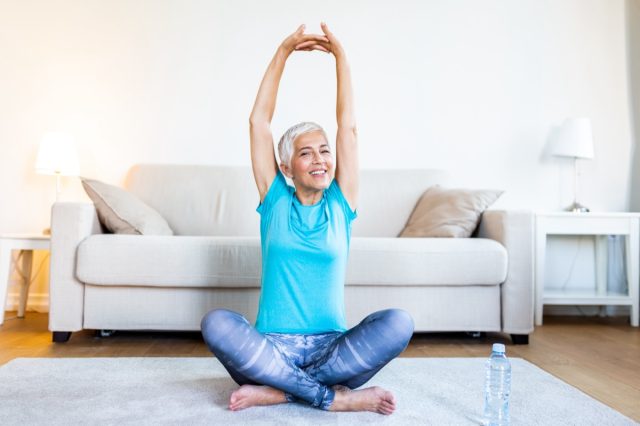
The first thing you want to focus on is your mindset, says Walker. "To get in shape over 50, you need to have a realistic mindset. If you've been out of shape for the past 10 or more years, it is going to take more than just 8-12 weeks for great results. You want to at least get started and make gradual progress to get back in shape at 50 years old," he says.
Next, Make Specific Goals
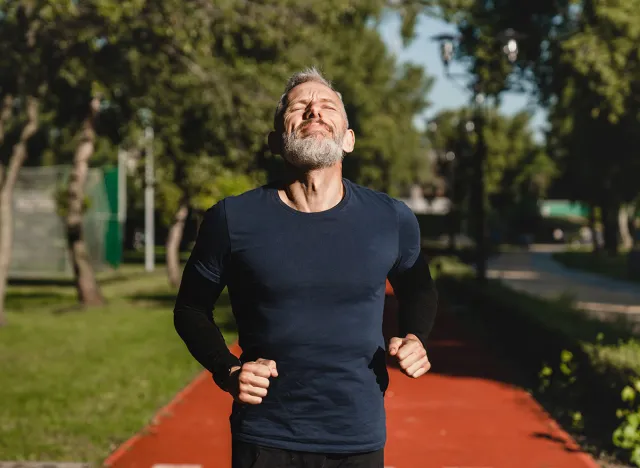
Next, make specific goals for what you want to get out of it. "Do you want to build muscle? Or is your main goal to just focus on getting into shape after 50? Be clear about what your goals are, and once you're clear on what they are, put a plan in place and focus on it. This is how to get back in shape at 50. Have a positive mindset and believe in yourself to get back in shape after 50," he says.
Tip 1: Establish Better Eating Habits
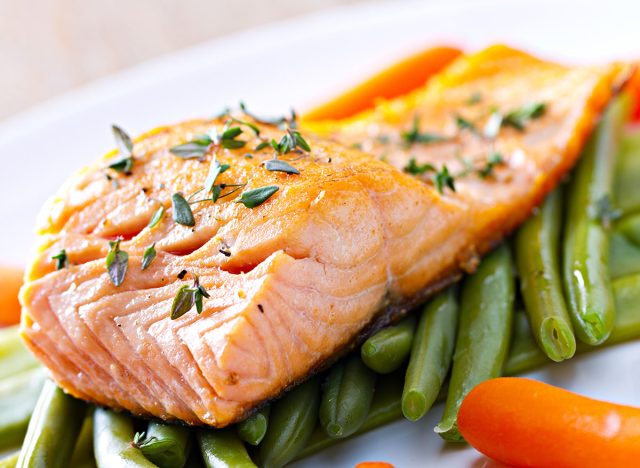
The first tip for how to get back in shape at 50 years old is to establish better eating habits. "That is the key, regardless of your age for getting into shape after 50. When starting out, your metabolism is probably slower and you might have less muscle mass," he says.
Nutrition Is Key
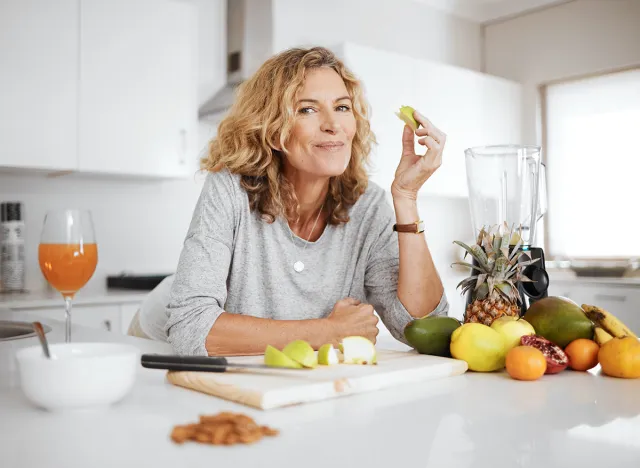
"With your nutrition, you want to make sure you are getting good quality micro-nutrients, vitamins, and minerals. But also make sure that you are not eating carbs every single day. I am not saying don't eat carbs. I am saying just not to eat them every single day for help in getting in shape over 50," he says.
Eat Complex Carbs on Strength Training Days
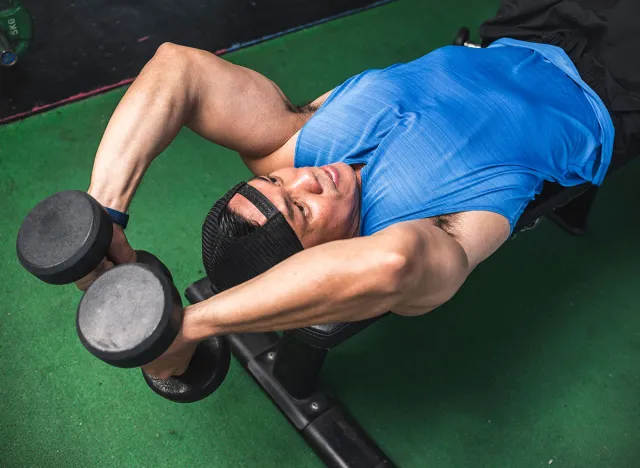
Complex carbs "are great to have on days you do strength training," he says. "This will help you in getting back in shape after 50."
RELATED: I Lost 120 Pounds, and These 5 Major Habits Help Me to Stay in the Best Shape of My Life
On Other Days, Opt for Fibrous Carbs
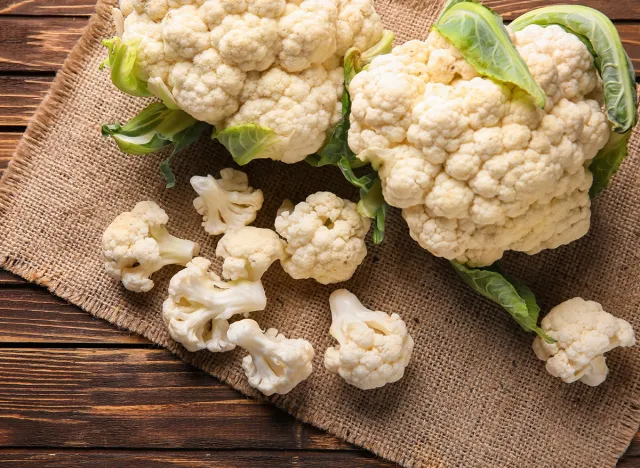
"Now if you have an off day, then get all of your carbs from your fibrous carbs," he recommends. "Fibrous carbs should be an everyday carb, and combine them with essential fats. The only thing you will be cycling is the carbs. This will help for how to get back in shape after 50. That is the first tip for how to get back in shape at 50. Getting into shape after 50 can be easy, just focus on your goals and making progress."
Tip 2: Prioritize Sleep

Tip number two is "very important and easily overlooked," he says. "You need to prioritize sleep. You need to get 7-9 hours of sleep every night. It is very important, especially as we get older."
Sleep Is Great for Growth Hormones and Appetite Control

"Sleep helps you recover and releases those growth hormones, which will help with getting back in shape at 50 years old. It is also great for appetite control," he says.
RELATED: Top 11 Best Breakfast Foods You Should Eat Every Day to Lose Weight
Tip 3: Do Resistance Training
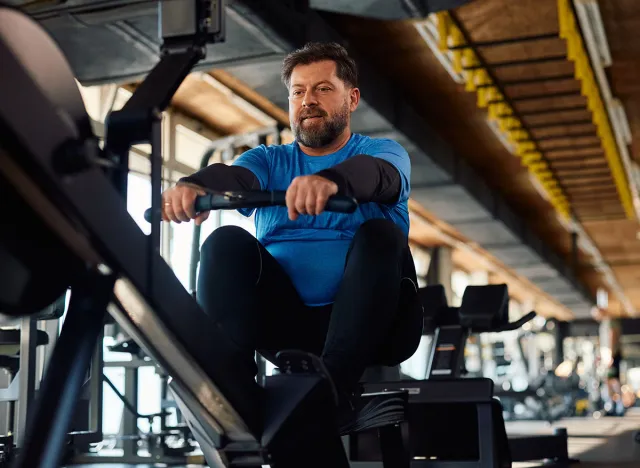
"The last tip for how to get in shape at 50 is to follow a resistance training plan that is built around compound lifts," he says. "Compound lifts give you a bigger bang for your buck. It also very important to make sure that you focus on your form when doing the compound exercises for how to get in shape at 50." And if you enjoyed this article, take advantage of these 20 Superfoods for People Over 50.





